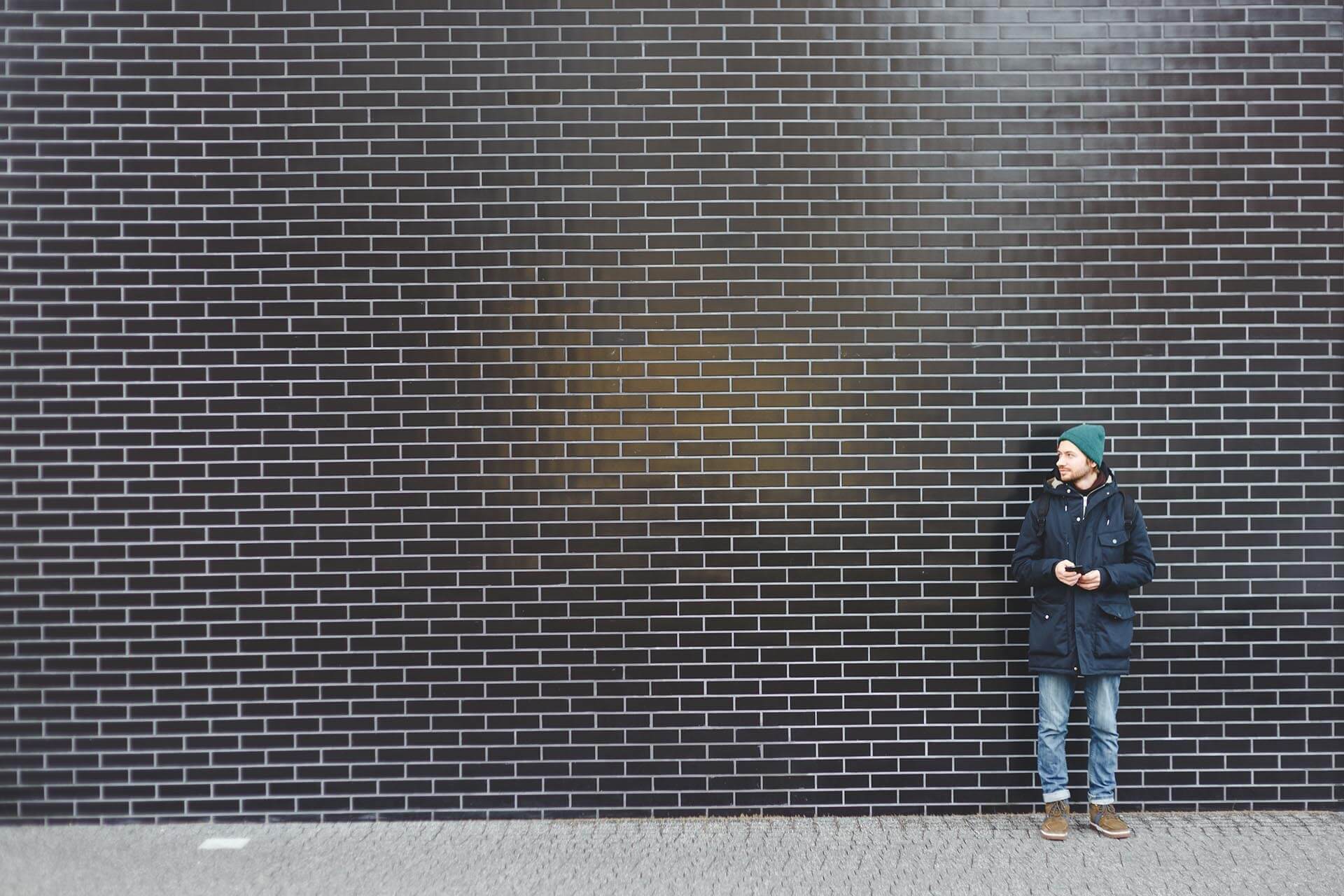Buying used lenses can be a great way to save money. New professional-quality glass is often as expensive, or sometimes cost more than the camera body itself. So buying them on the used marketplaces can be a really tempting way to save a couple of dollars.
The great thing about buying lenses used is that if they’re well taken care of, they don’t lose value over the long term. I’ve bought used lenses, put them to work for years, and then sold them for the same price (sometimes less, sometimes more) than I bought them for. Camera bodies, on the other hand, always lose value over time.
But of course, minor issues at the time of purchasing can become big issues over time. An underperforming or damaged lens will produce un-sharp results. So it’s important to make sure the lens your buying will work when you need it to.
This article is only talking about buying used lenses. In the next article in this series, I’ll go into what to look for when buying a used camera body. And if you’d like to learn about considerations when buying a photo-editing computer, I have a lot of recommendations for you in this article.

1. Should I Buy Used Lenses Online or in Person?
This is a really big choice to make. Buying online can be scary, take forever, and be expensive, but buying in person could mean you have no recourse if there’s an actual issue with the item.
Websites like eBay typically have a little bit of everything. And the listings are generally very accurate. But the shipping and import fees are crazy. And sometimes it feels like the luck of the draw if you get hit with taxes or not. But the good part about buying on eBay is that if there’s any damage that’s not written in the listing, you can always get a refund on the item. Be sure to take photos when opening the box, and always thoroughly test the equipment within 24 hours to make sure there’s nothing wrong. If you discover an issue a week later, the seller might chalk it up to you damaging the item.
When it comes to in-person sales, there are no worries about shipping, or getting a bad item. You get to hold it and test it in your hands before buying. But there are some issues that can creep up over time. Issues that might not be fully recognized in the 5 minutes you have before handing over cold hard cash. If you find an error with the used lens when you get home, there’s no telling if you’ll be able to get a refund or not. When it’s in-person sales, it’s buyer beware.
Luckily there are a few quick tests you can do to make sure the used lens your buying is safe.

2. How to test a Used Lens
There are two very important tests that I recommend doing every time you go to take a look at a used lens, or when it shows up in a box on your doorstep.
- Shine a light through the lens to look for fungus, dust, and scratches
- Take a photo of a blank wall
- Take a photo of a distant landscape
- Using the middle autofocus point in good lighting, switch focus between something close up, and something far away.
The first test is really important. If there’s any kind of fungus inside the lens, send it back immediately. Fungus grows when lenses are stored in humid conditions, or when water condenses inside the elements. When mold grows, it’ll eat away at the glass over time and ruin your photos. Dust, on the other hand, isn’t a big issue.
Small amounts of dust or light scratches are annoying to look at, but they’re not going to show in your photos. Even heavy scratches on the front element of a lens might not actually do any damage to your photos. That is, unless you put on some extension tubes and focus really close at a small aperture like f/22. If you find one online with a good amount of scratches, you might be able to save an extra 15 or 20%. Although it’ll be hard to resell.

3. The Blank Wall Test
This one is important. It’ll help you check to see if there are any weird spots in the lens. Stand 10-15 meters back (closer for a wide-angle, further for a telephoto lens), and take a photo of a blank wall at the lowest possible aperture. A bit of texture in the wall can be really helpful.
Then zoom in as far as you can and look side to side, corner to corner. If the lens loses a bit of sharpness at the edges, that might be normal. But if it becomes really unsharp, that could be a potential issue. Also, look for dark spots, or if the sharpness falls off in odd angles or spaces. This can be a sign of fungus, or damage getting in the way.
Also, look to see if one side is sharper than the other. This may be hard to notice on a wall, which is why we have the landscape test coming up next.

4. The Landscape test
This test will show you if there’s anything seriously wrong with the lens. Focus on a scene far in the distance. Fields, trees, oceans, mountains. Anything that makes a simple composition, but has enough detail to notice if the image is missing some sharpness.
Once you take the photo, zoom in on the back of the camera, and carefully peak at the image from left to right. If you have a laptop, bring it to test this image, because it’s hard to notice on the back of the camera.
If you notice one side or a corner isn’t as sharp as the rest, hand the lens back, or pack it up and take it to the post office. The issue that you’re seeing is a decentered lens element. This happens if the lens was dropped hard, and one of the clips holding the lens broke inside the lens, causing an element to fall out of alignment. It’s fixable, but it’s not cheap to do. If eBay offers you a $50 rebate, that won’t even come close.

5. Check the Autofocus
This one can be tough to gauge if you’ve never worked with the lens before, but some lenses are amazingly quick to focus, and some of them struggle a bit. The main thing to way out for is if there’s a weird, high-pitched whiny noise when the lens focuses as if the gears are rubbing against some rust.
To do this, you’ll need to set the camera to only use the center autofocus point, and in a place where there’s good light, get the lens to focus on your hand, and then focus off into the distance, and then back to your hand. Most used lenses were taken really good care of, so it shouldn’t have any issues. But if you notice there isn’t a smooth transition, or there’s a strange sound (especially in newer lenses, as older model lenses sometimes have an awful motor), hand the lens back.
If the lens has a distance meter on it, check to make sure that it’s autofocusing to both sides of the range. I recently bought a lens online that didn’t fully move to infinity when I pressed the focus button. It also had a lot of issues focusing to the closest part of its range. The biggest red flag was that the lens couldn’t accurately focus on my hand, even though it was in good light. If you notice that, or that objects look blurry when you’re focused all the way out, then get a return label or hand the lens back immediately. It might be a simple repair, or it could cost the value of the lens. Either way, it’s not worth it.

6. What if I don’t have time to do all of these tests in person?
I get it, doing these tests is so hard when the seller is right there in front of you. The best thing to do is to ask the seller to perform the wall and landscape tests the day before you go pick it up. Ask them to send you a Raw file (so you know it hasn’t been tampered with), and check the images on your computer. That way, you can be sure that everything is as described before going through all of that hassle.
If the seller isn’t willing to do that, you’ll know there’s something wrong for sure. Most honest sellers out there will be more than willing to take and send you a couple of raw photos. If the seller took good care of their gear and got some amazing photographs out of it, they will always make sure it finds a good home.
What’s the next step?
Well, I know for a fact that new gear day is always followed by going out for a shoot! I usually go out somewhere familiar to see how it complements my current gear, and then plan for something bigger and more exciting. If you’d like to learn how to plan your photographs, check out this blog post on the topic.
Planning is the first step in all world-class photographs. I don’t know a single professional making fine-art landscape photographs who doesn’t plan the majority of them. That’s why planning is the first step in my 4-step process for taking amazing photographs, which I’m giving away for free in my online web class. The best thing about this system is that you can make amazing photographs without needing to upgrade your gear!


